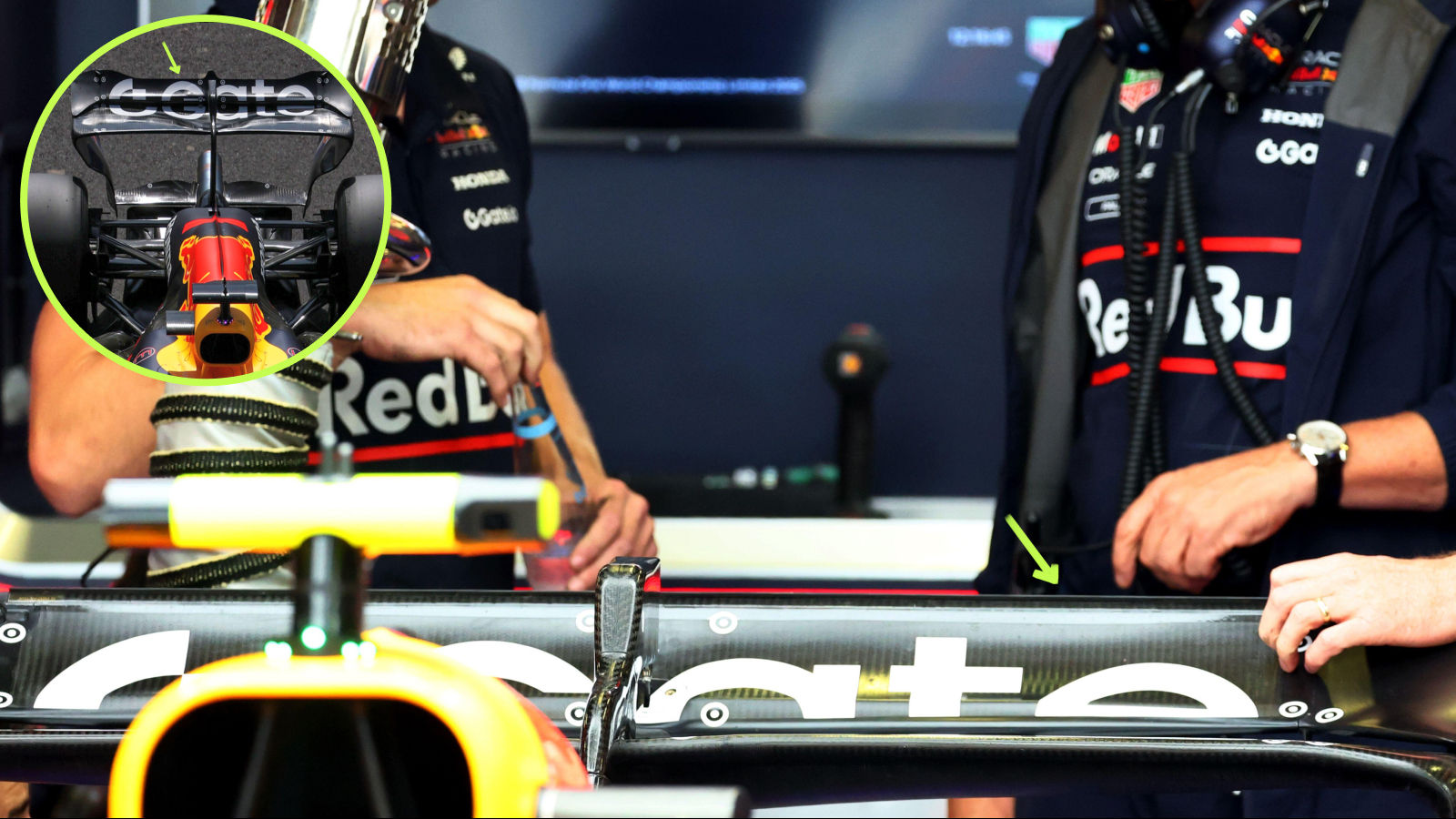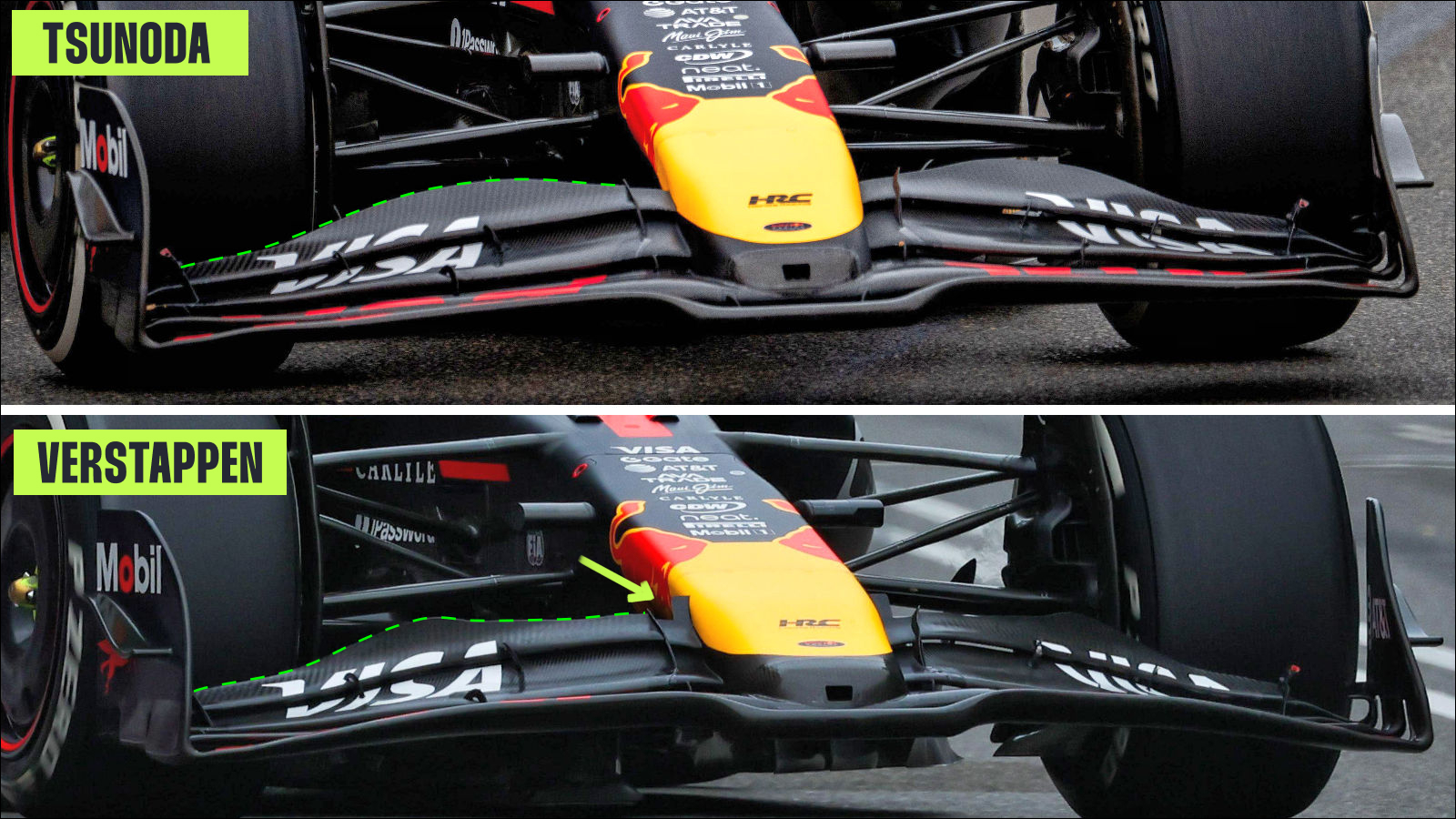F1 uncovered: How Red Bull has reinvigorated the RB21

Max Verstappen has re-entered the championship chat over the course of the last few races, with the Dutchman formerly considered unlikely to challenge the McLaren duo but, based on his recent form, it’s now also not out of the realms of possibility.
This has obviously helped by his rivals being out of sorts but, there’s also been great progress made by the team in getting the best from the RB21, capitalising on updates and finding the right setup for the circuits in question.
Red Bull pull something out of left-field
Red Bull did a great job with their aerodynamic configuration at the Italian Grand Prix, having taken a hacksaw to the trailing edge of the lower downforce rear wing on Max Verstappen’s car, in order to eke out a little more performance on Monza’s straights than would have otherwise been possible.
This led to Verstappen racking up another victory, as he sauntered off into the distance, leaving his championship rivals to duke it out for the remaining podium positions.
And, whilst the early season formbook would suggest that McLaren would ascend to the front of the pack once more in Azerbaijan, Red Bull managed to find a balance that worked wonders once more.

Interestingly, whilst many of their rivals seemingly concentrated their efforts on the drag reduction component required for the Baku street circuit, Red Bull turned their attention more towards finding the right compromise for the middle sector.
This requires more of a deft balance from the car, in order that the driver can thread their way through the tight and twisting, barrier-lined layout, helped in part by Pirelli’s tyre choices, which saw the softest tyres in the range available (C4/C5/C6).
In order to achieve this, the lower downforce rear wing was returned to its usual specification, with the trimmed trailing edge used on Verstappen’s car at the Italian Grand Prix cast aside, whilst a Gurney flap was even applied to further add some balance.
But, more importantly they did something a little out of kilter at the front end of the car, choosing a slightly left-field configuration for the front wing and nose.

As seen in the comparison above, Verstappen’s RB21 was outfitted with this unconventional layout, whereas Tsunoda continued on with a more regular arrangement.
The solution preferred on Verstappen’s car featured the wider and more bulbous nose arrangement, paired with the L-shaped flap section beside that was first used at the Dutch Grand Prix (green arrow).
Meanwhile, the flap shape also differed, with a change in chord height across its span and a narrower, more pronounced humped central section present on Verstappen’s car (dotted line), with the team having used this specification at Imola.
Read next: V8 vs V10 vs V12: Why the romance of F1’s engine freedom is officially dead

